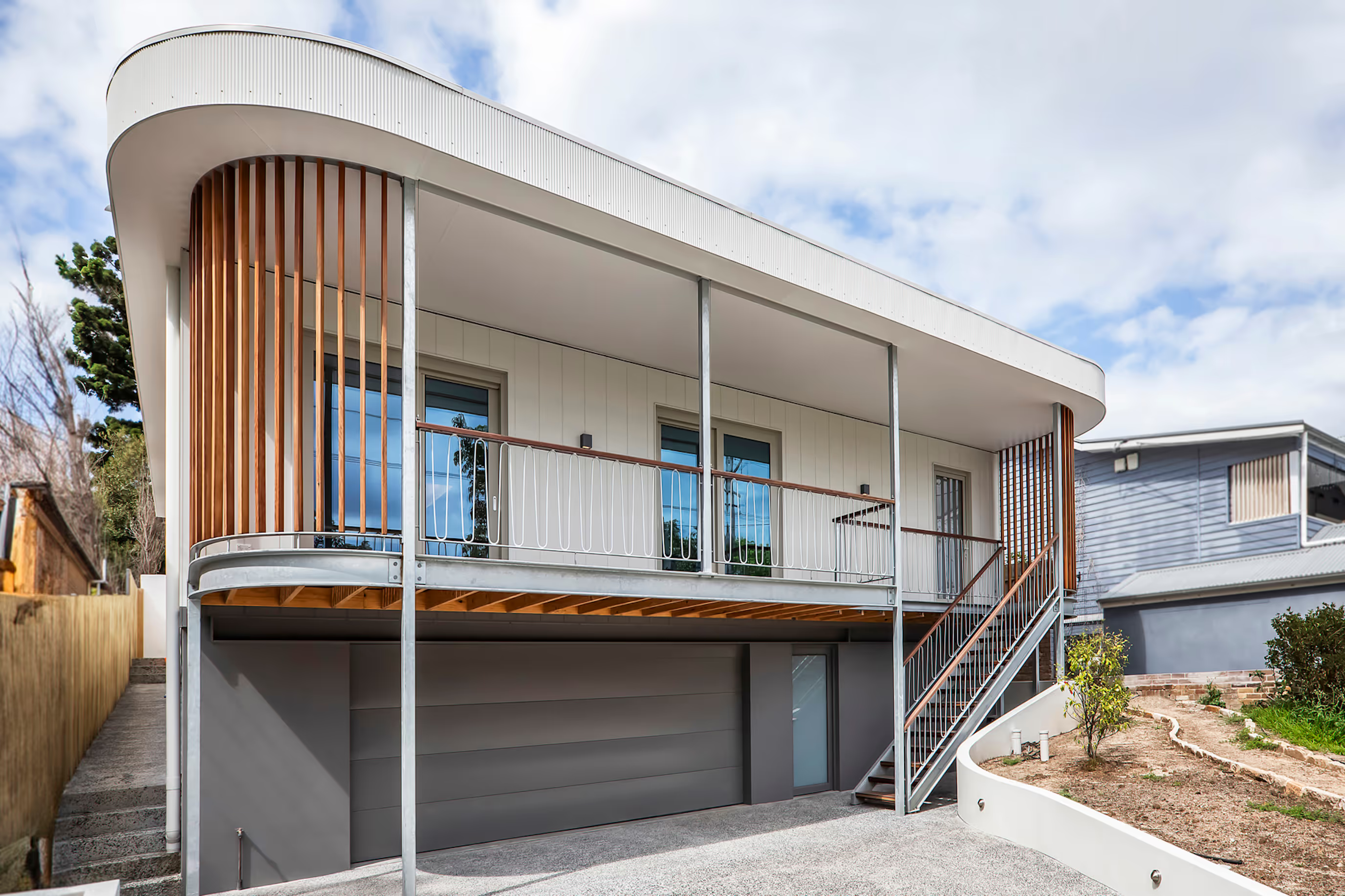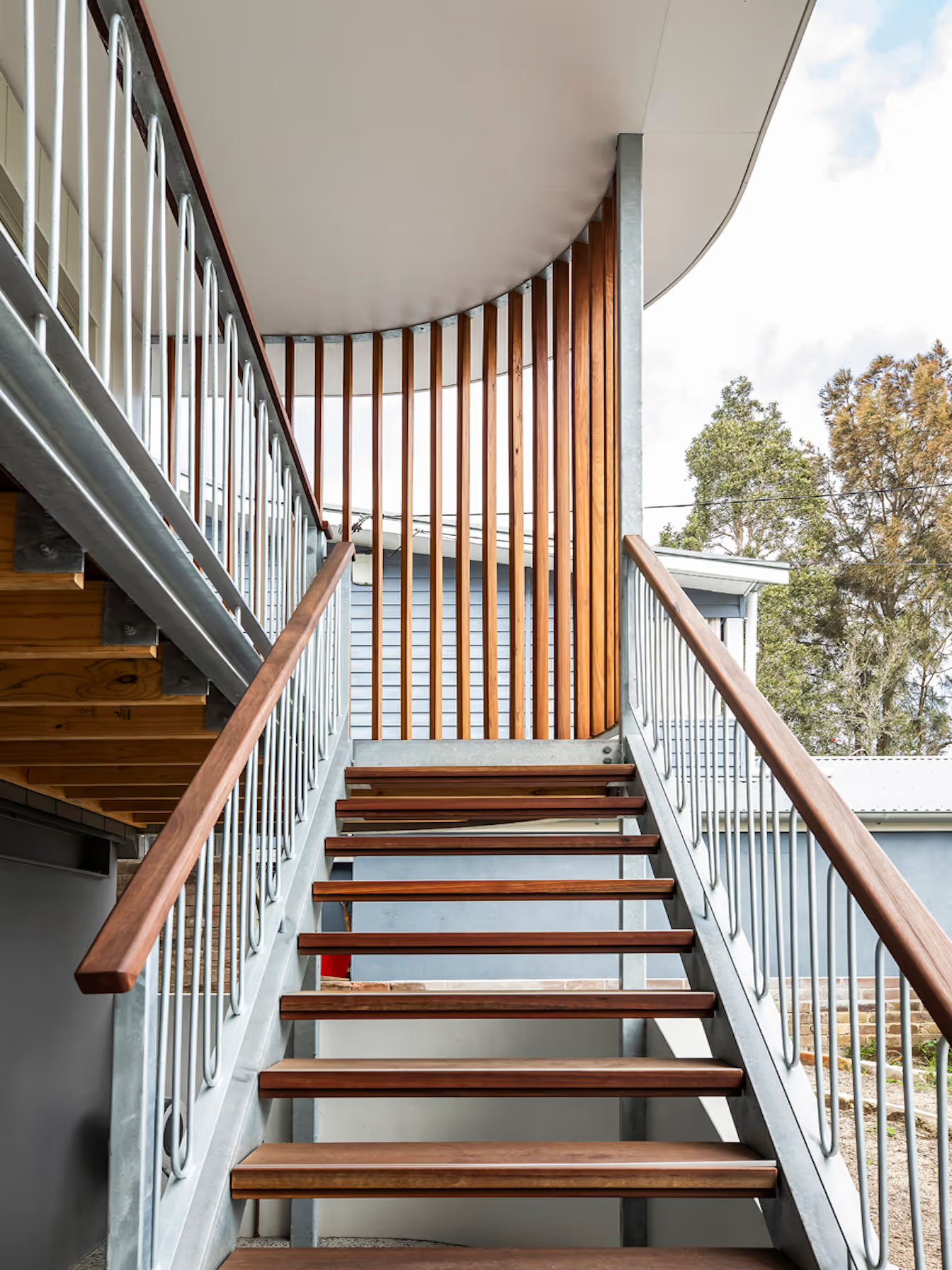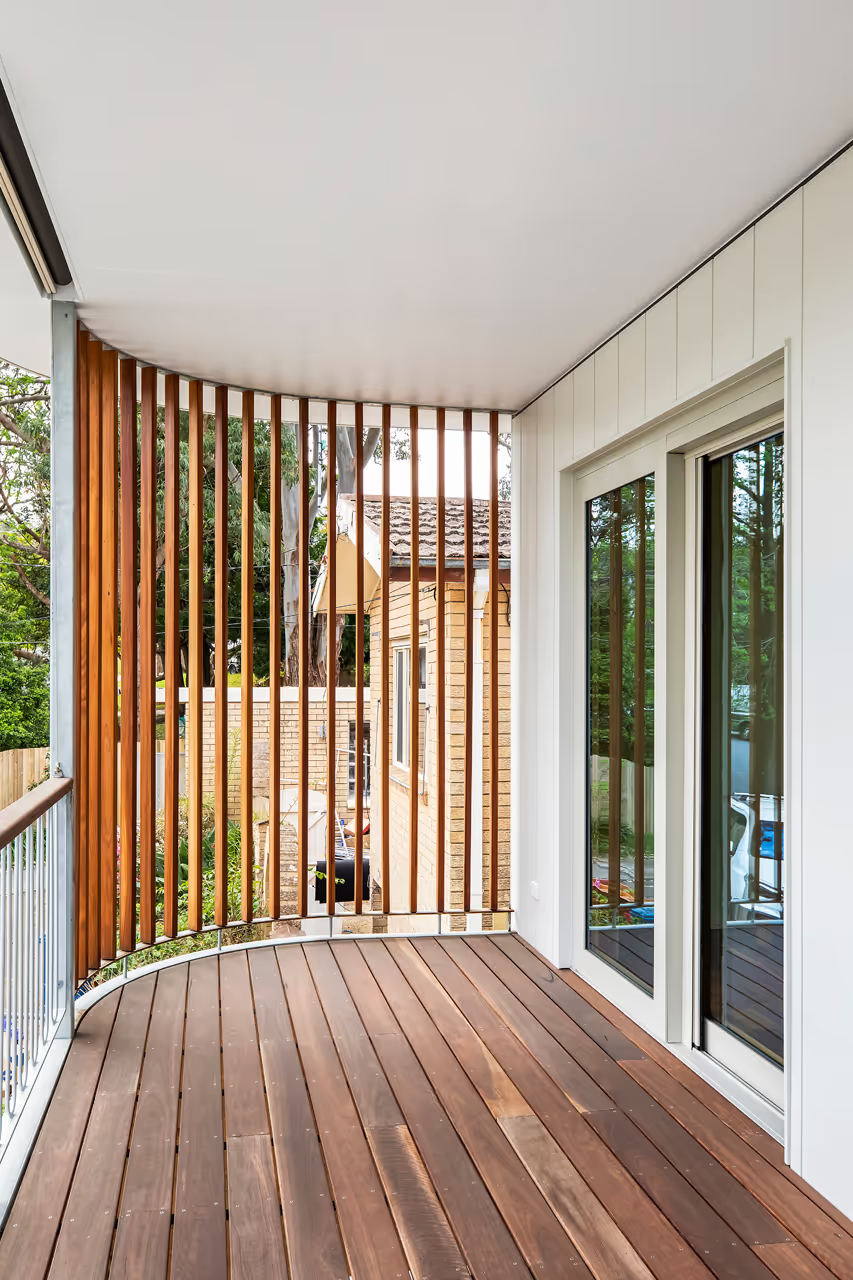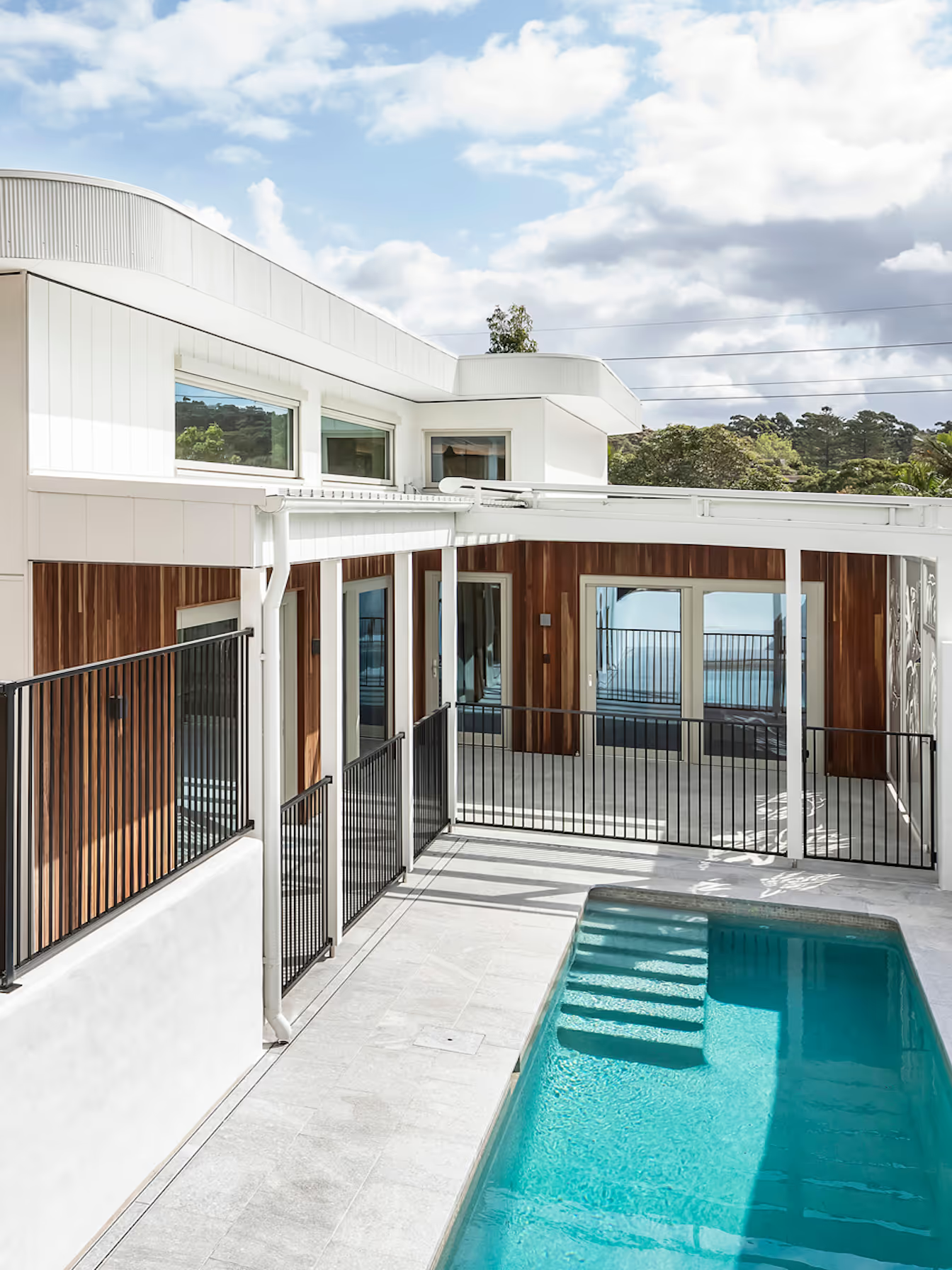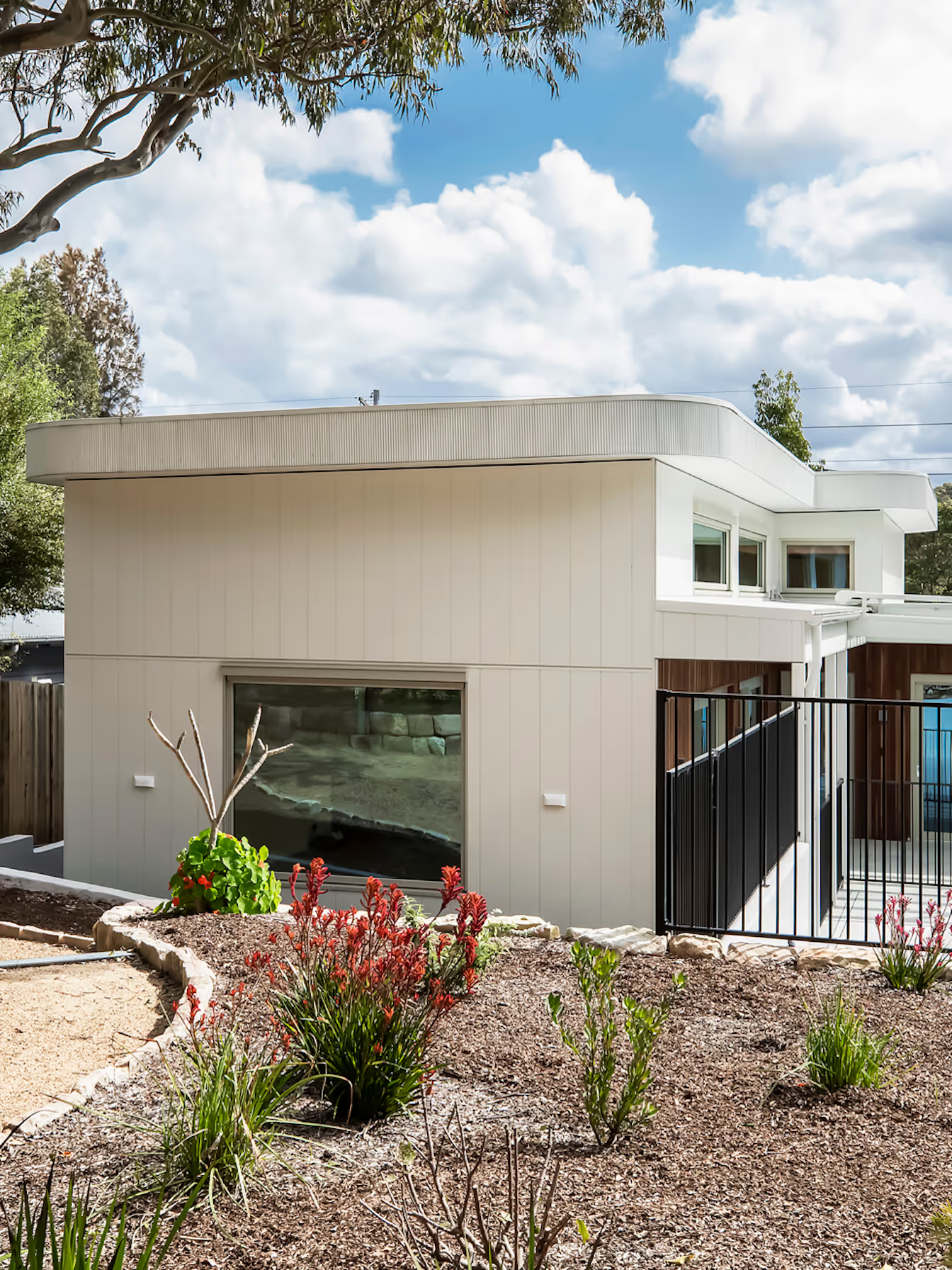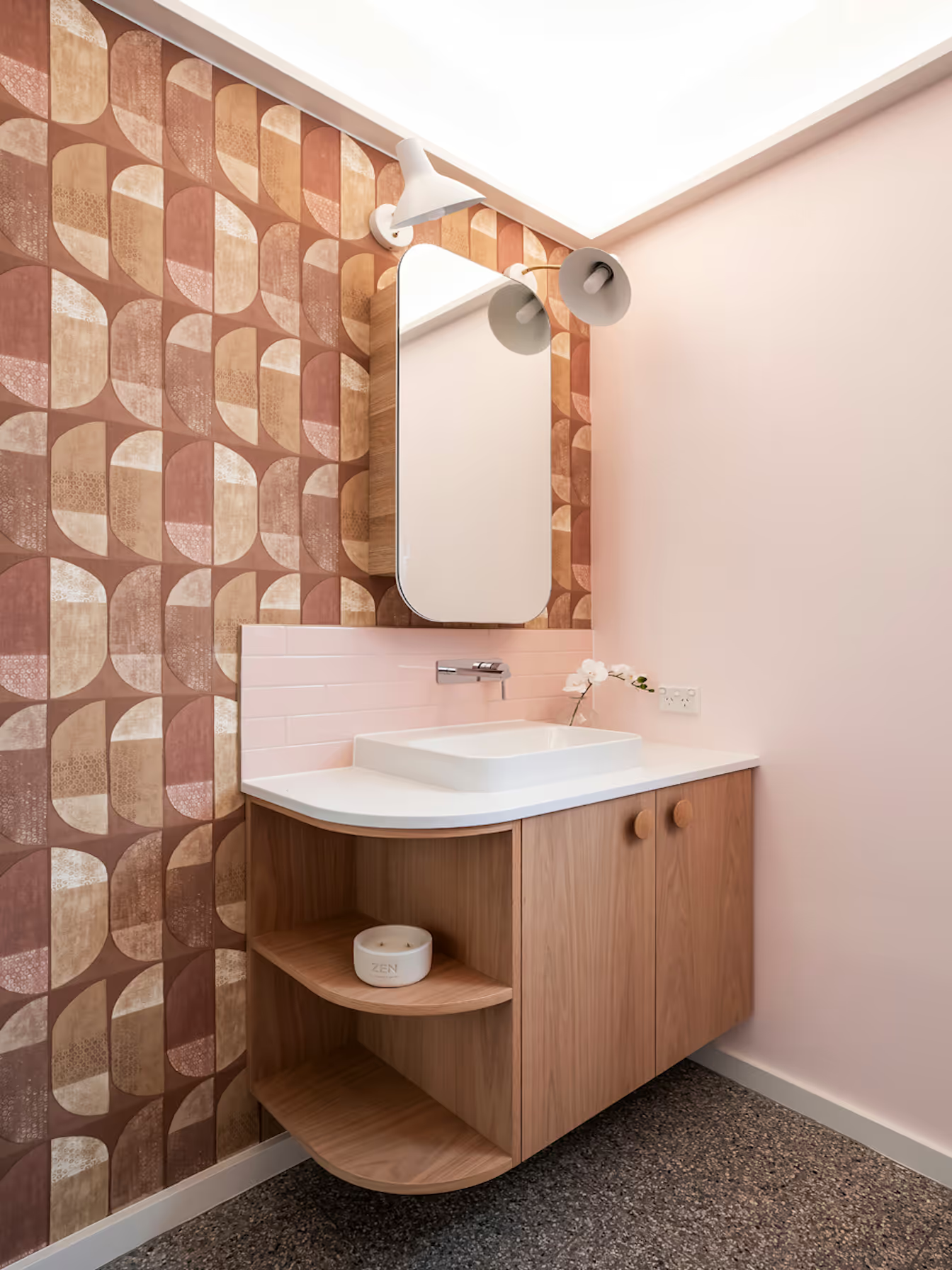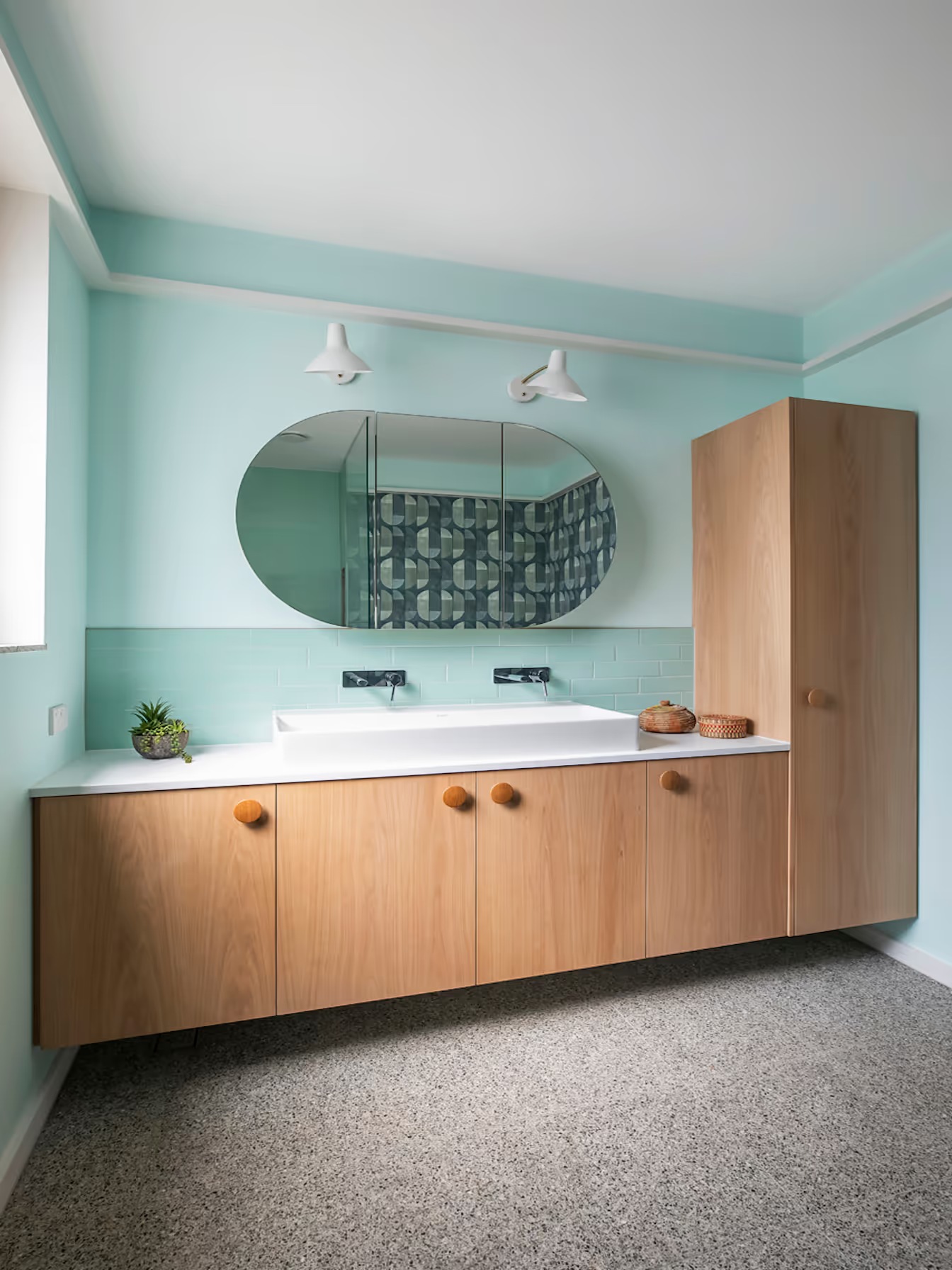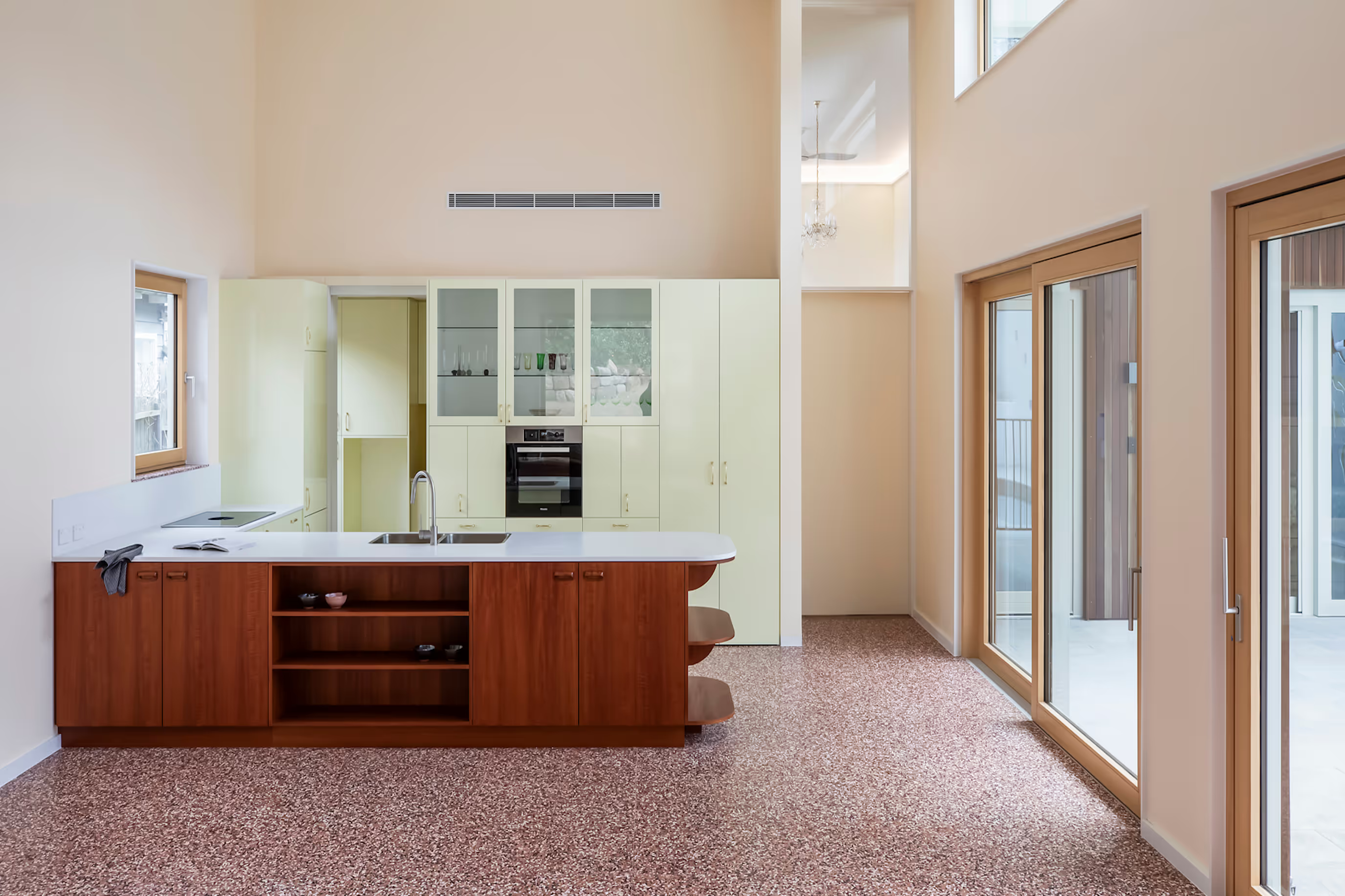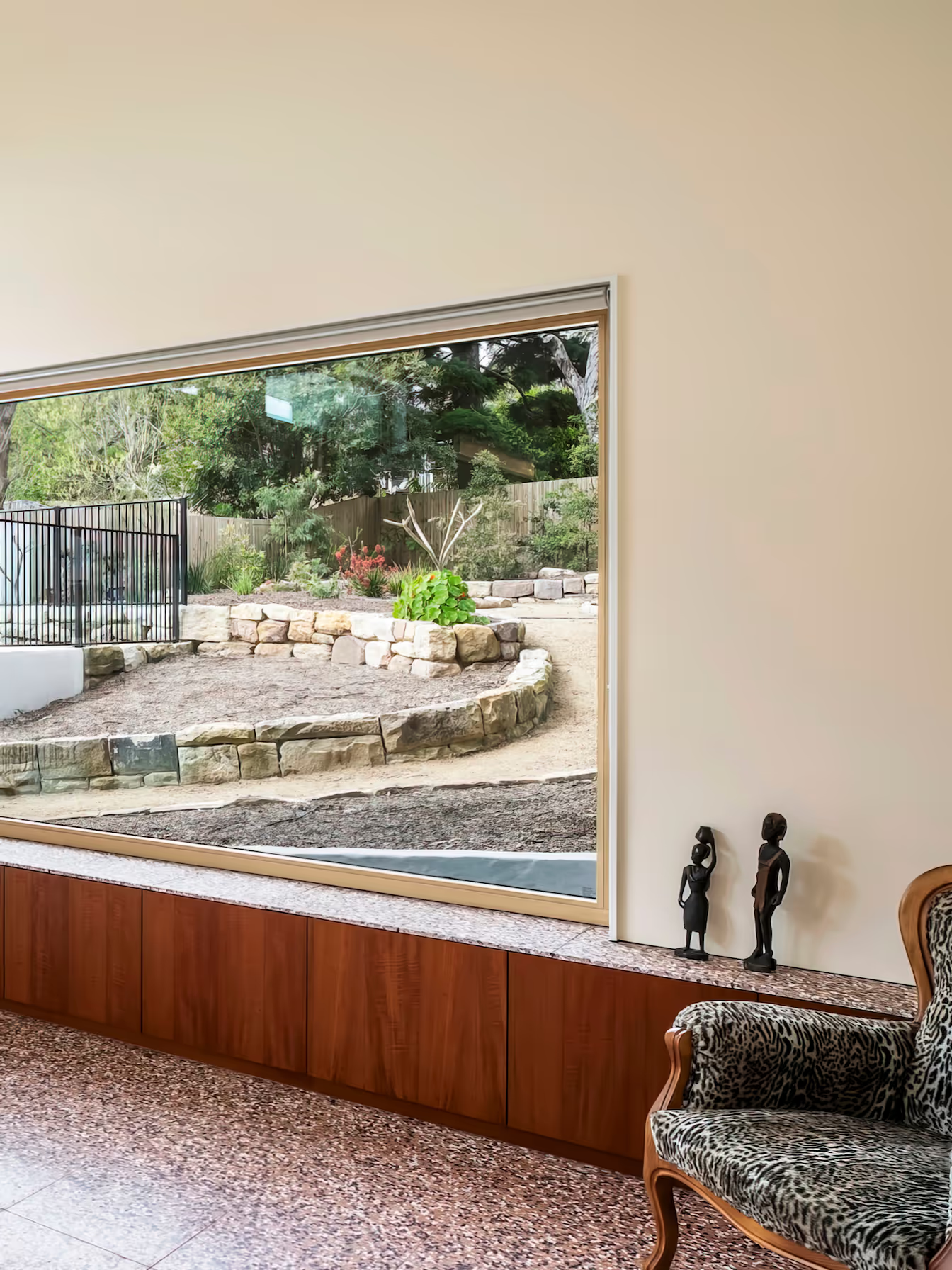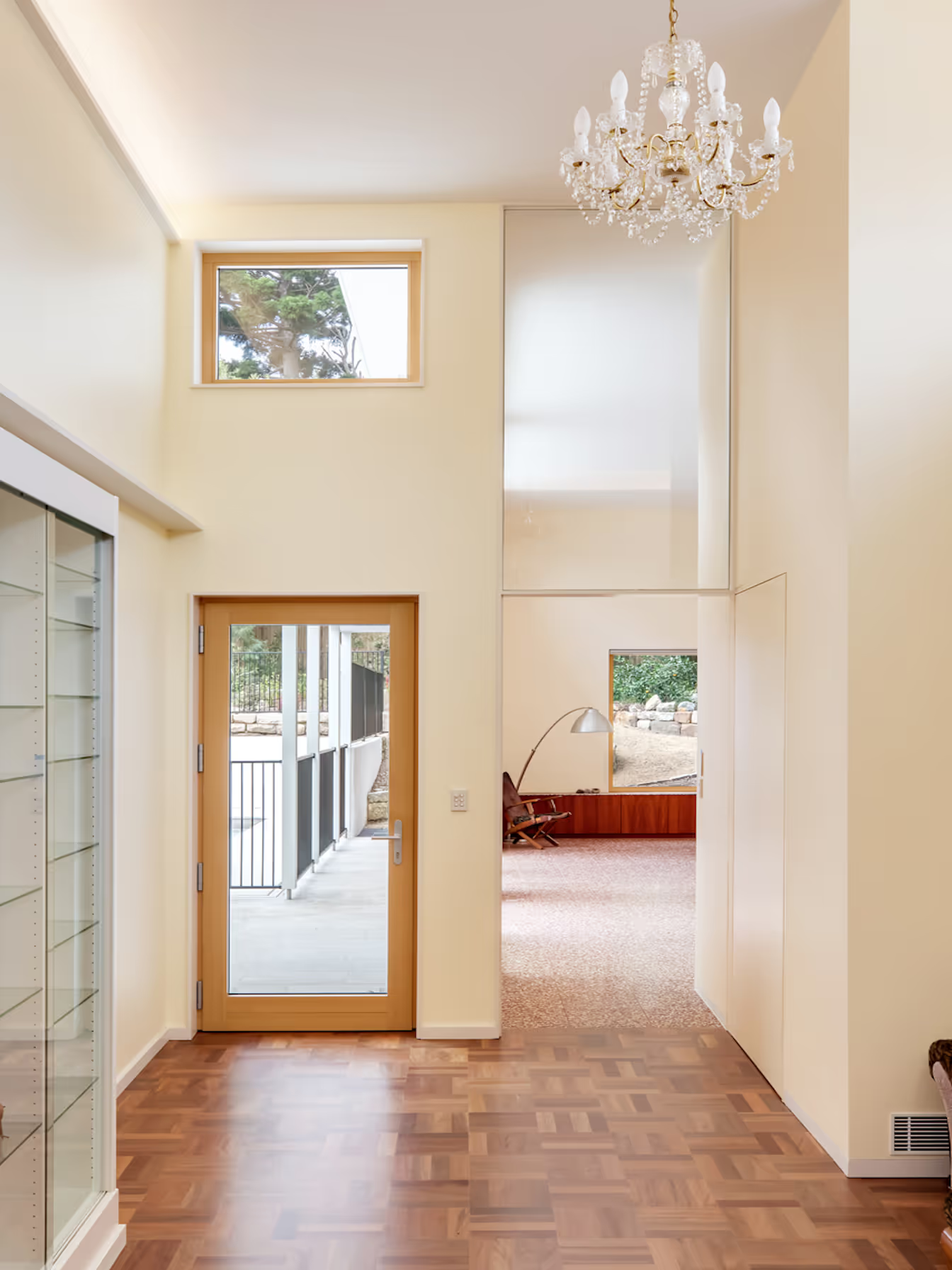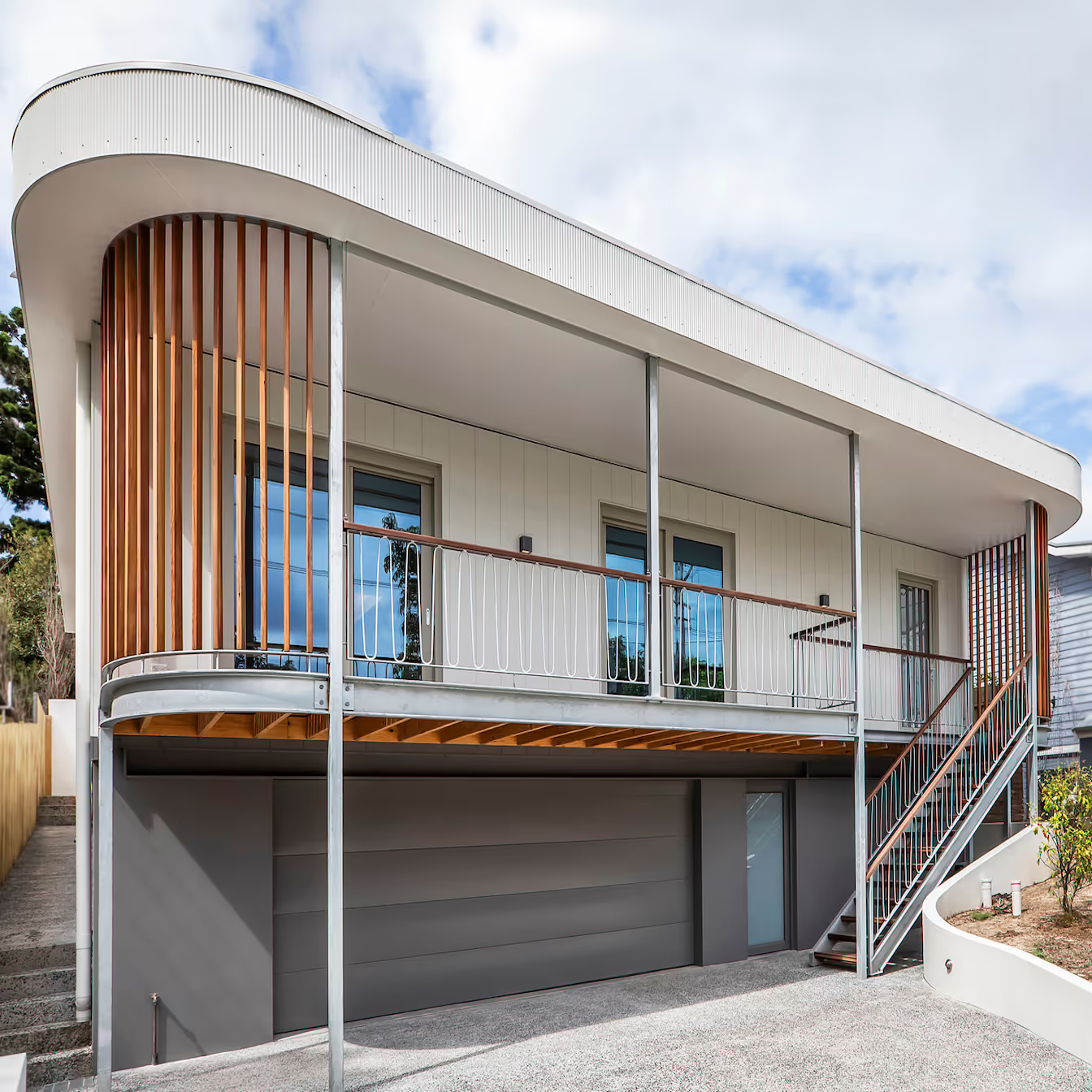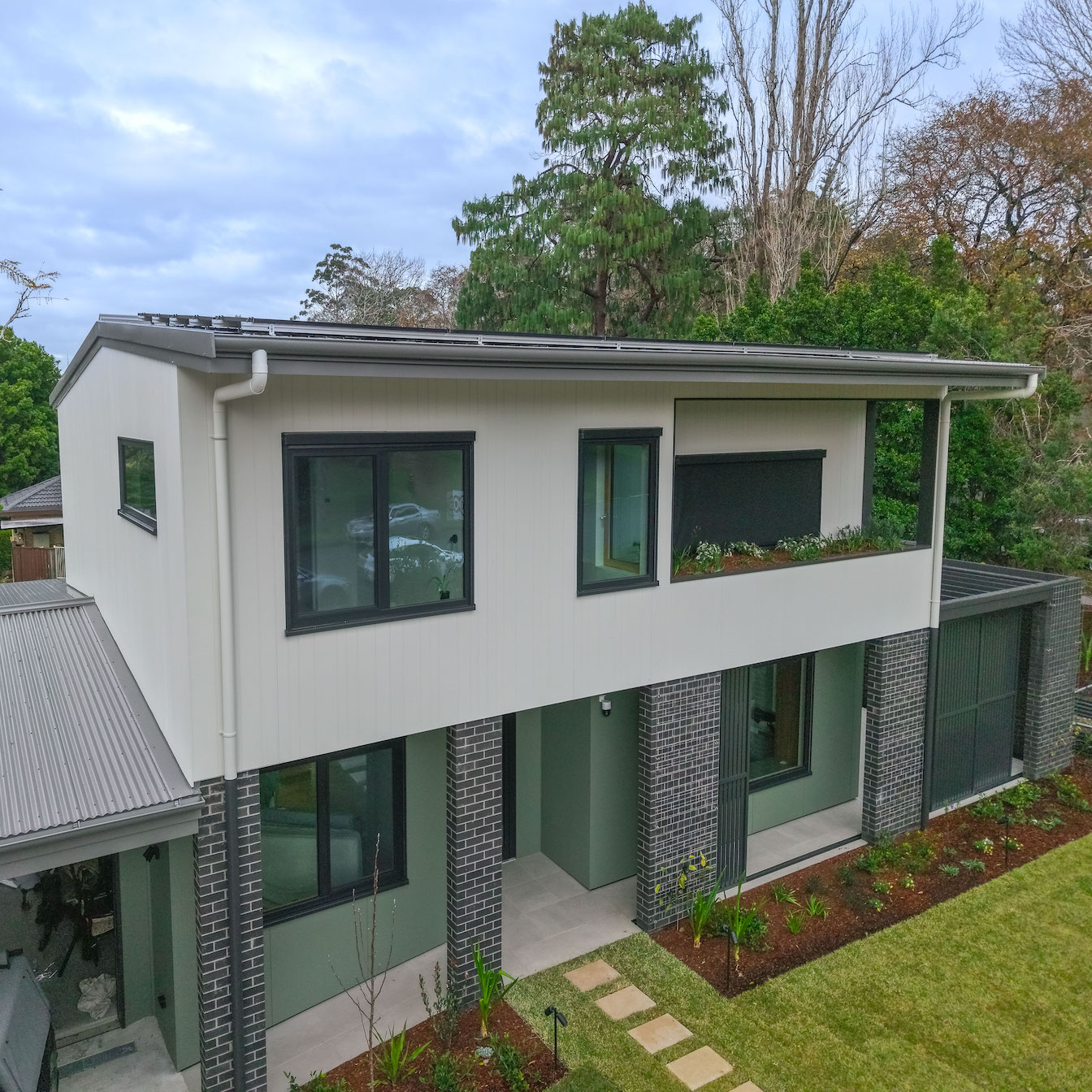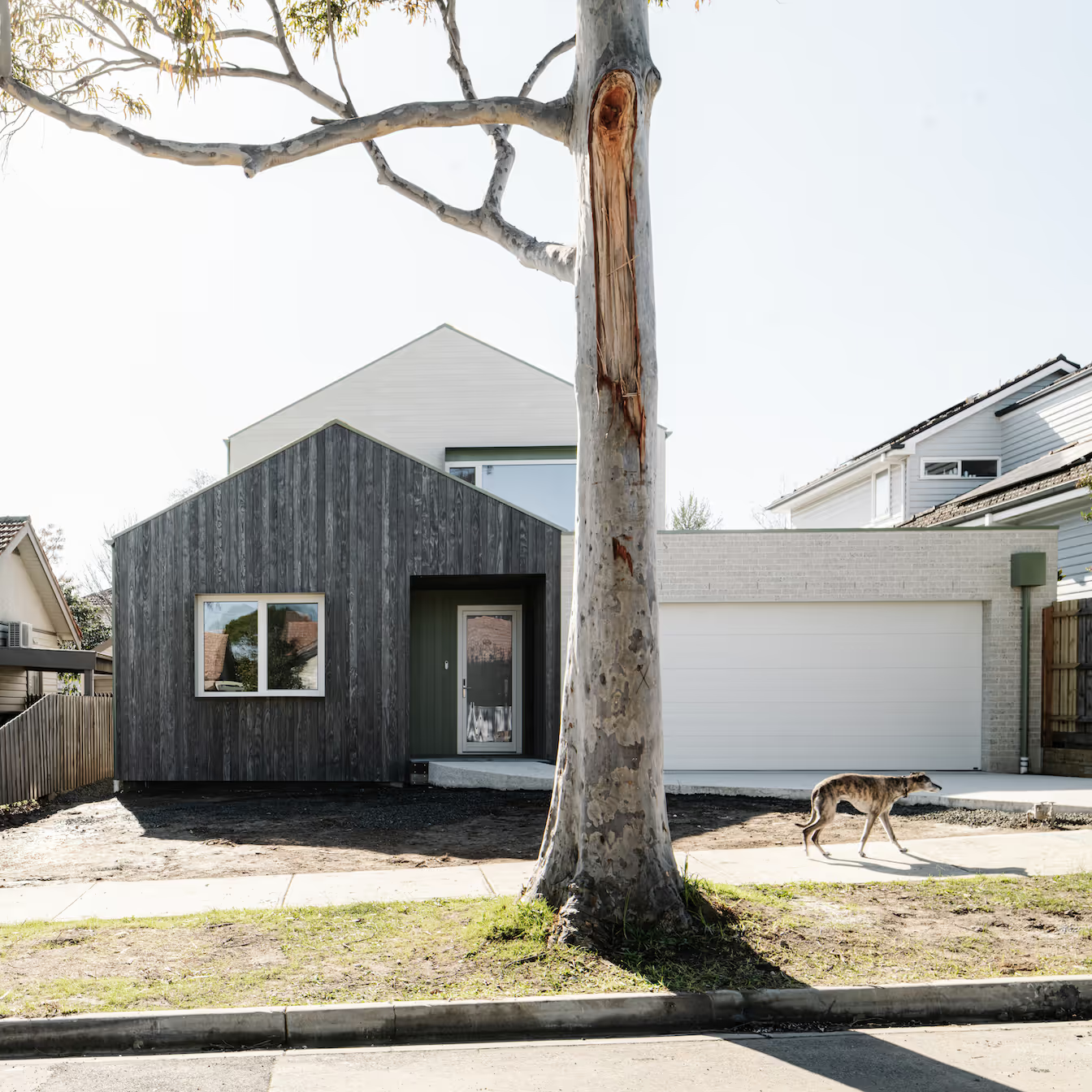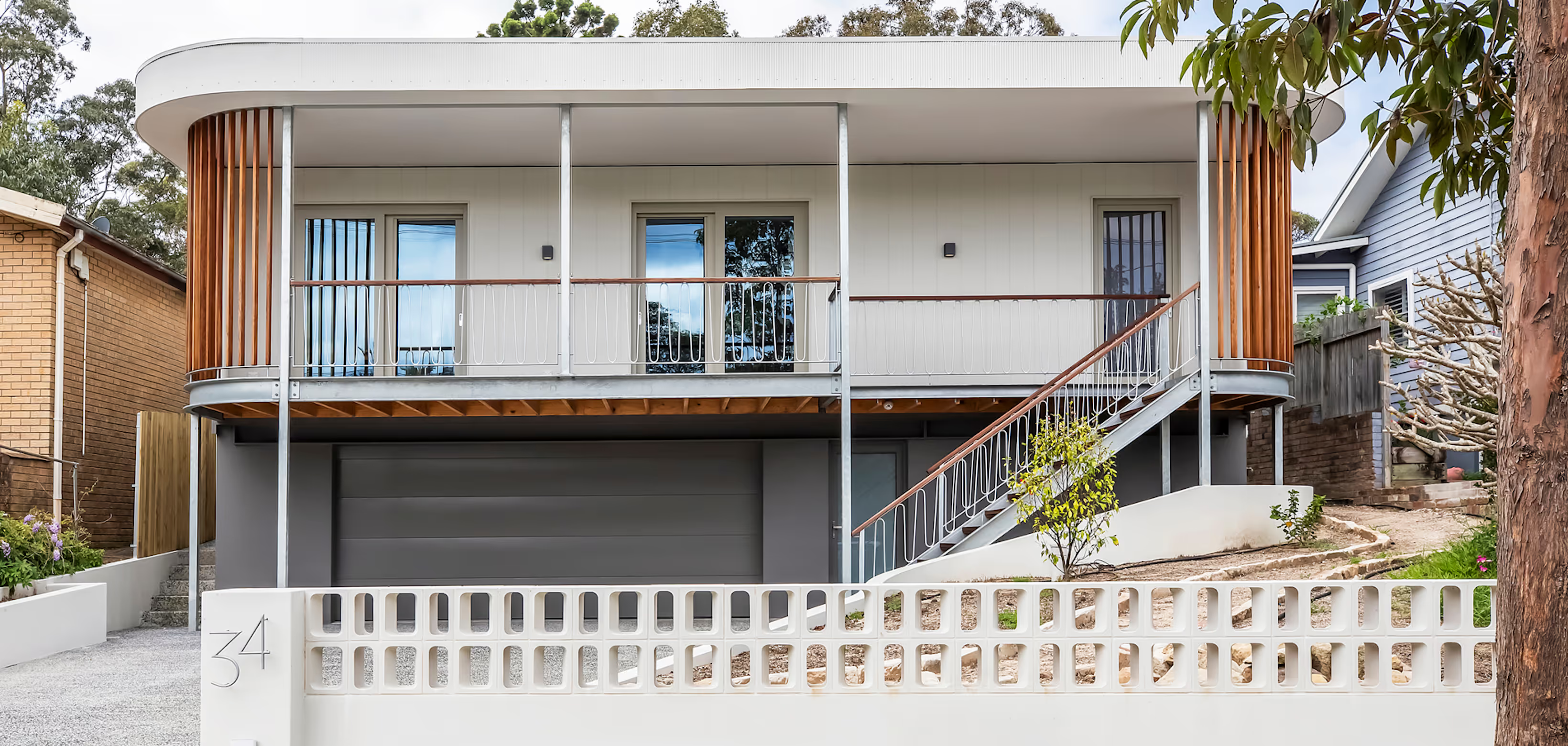
The brief was multi-faceted: meet European expectations for a comfortable and healthy home, design for daylight and connection to the natural environment and ensure graceful ageing-in-place and a welcoming environment for family members with mobility challenges.
This was a family project in all senses: Envirotecture had already designed a home for this couple and they each worked closely on this project for an older family member, providing building and interior design services respectively.
This delightful project challenged the design team to step a path between competing demands, such as lots of big windows vs not overheating in summer. It highlights the tension between competing demands and how the insights offered by energy modelling at design stage can guide architects to the best possible outcomes: meeting or exceeding the client’s requirements while staying within budget.
A healthy, comfortable home was very important: that meant excellent indoor air quality and year-round comfortable temperatures. We have noticed before the gulf between European expectations of comfort and the reality of typical Australian housing designed to Building Code minimums.
Targeting Passivhaus certification gave the clients assurance that the home would be what they wanted. The team delivered: the house is PHI-certified Passivhaus Plus. This is a higher-level rating that reflects the amount of energy generated onsite, at least equal over the course of a year to the energy demands of the home. It’s an honest net-zero outcome that prioritises energy efficiency first.
Single level living was very important, to support ageing-in-place and to ensure all extended family could be comfortably accommodated. It was a design challenge given the sloping site, but a lift from the garage to living areas all on one level provides a long-term solution.
A pool was part of the brief as swimming is an integral part of the main occupant's long-term strategy for health and wellbeing. The swimming pool shell and its retractable cover are both insulated. Combined with the heat pump hot water heater, it means the pool can be used year-round with only minimal energy required for heating—a rarity for Australian backyard pools! Underwater jets create a current to swim against, meaning the pool area could be smaller without compromising its utility.
Envirotecture has a successful history of collaboration with prefab manufacturers Carbonlite. The quality components make for much faster progress on site and are well suited to meeting the standards required for Passivhaus certification. The design sits well in the context of this established suburb. Biophilic curves soften the building form and Australian hardwood cladding offers a visually protective wrapping at the intersection with the street.
These appealing curves are echoed in details big and small, a consistent design element that continues in the home’s interior. Built-in joinery is elegantly crafted, serving to draw the visitor through the home.
Living spaces are well connected to the garden, where carefully considered planting are taking hold and linking to the mature eucalyptus trees nearby. A central sitting room sits apart, a calming refuge with a soaring ceiling to accommodate south-facing clerestory windows. These provide for spacious views of the sky and bring in gentle, consistent light.
